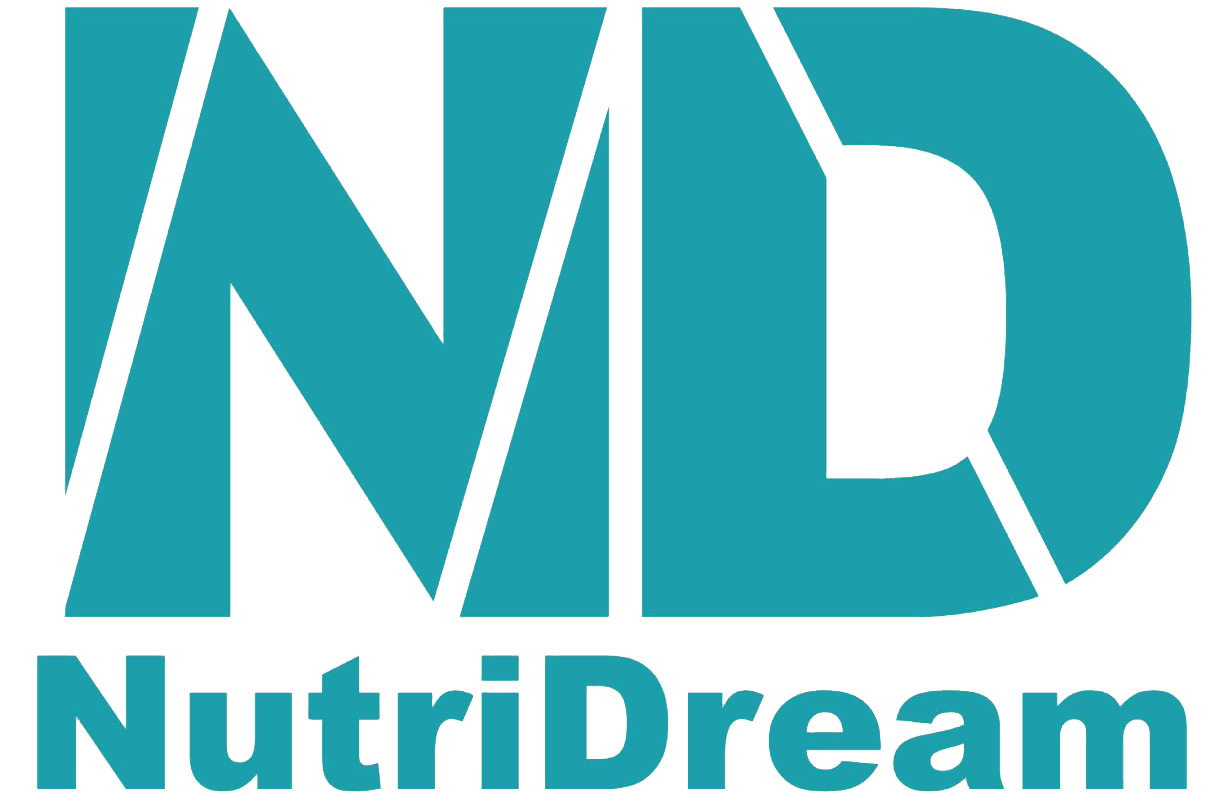A guide to the world of diets

A guide to the world of diets
As the summer is ahead, many start the journey of losing weight and for some this journey is bumpy and not enjoyable. The first thought that usually comes to mind is that you need to eat less to lose weight. However, some look for information about the most popular diets and start testing them one after the other. In this article we give an overview of the most popular diets and analyze their pros and cons.
1. Calorie restriction, starvation diet and intermittent fasting
Calorie restriction and starvation have always been the most popular choice among those who want to lose weight. However, the seemingly simplest method can lead to unpleasant consequences if used unskillfully. Our body needs at least 1200 kcal of daily energy for various vital functions, which we must get from food. If a person is physically active, even those who want to lose weight should get at least 1500 kcal with food. However, it is a common practice that a person is able to limit her/his diet so that she/he consumes less than 1000 kcal, but this method is not sustainable and ends in overeating and unwanted weight gain. This phenomenon is also called yo-yo weight loss, where at first you lose weight, but later all the weight comes back, and in the worst case, you gain even more kilos than you had before.
Starvation impairs many functions in our body. The body does not get enough energy, vitamins and minerals and digestion slows down. Since protein intake is also restricted during starvation, both digestive enzymes and hormones are damaged, as they are both protein compounds. A person may notice that the quality of his skin deteriorates, nails and hair become brittle.
Whether and how it is possible to achieve healthy weight loss using calorie restriction or so-called starvation method?
For healthy and sustainable weight loss, it is enough to reduce daily calories by 200-300 kcal. Weight loss does not come quickly, but you can be sure that 0.5-1 kg of body weight per week will be lost precisely at the expense of the fat percentage, not at the expense of fluid or proteins. Such weight loss is considered healthy.
There is also a partial starvation method that is recommended for weight loss. It is not harmful to health and extreme. The name of such a method is interval fasting, or intermittent fasting. Intermittent fasting means that there is a break without eating for either 12, 14 or 16 hours every day. However, during the eating period, one must eat properly and not skip meals. The body must receive all its daily energy and micro- and macronutrients. Since the meals during evening time are limited, it contributes to better digestion, the body gets to rest, detoxification is efficient and it is more likely to lose weight. In general, it is recommended to consult a nutritionist in the beginning in order to do intermittent fasting correctly.

2. Ketogenic diet
The principle of the ketogenic or simply keto diet is to reduce the consumption of carbohydrates to 50 grams per day (5-10% of daily energy consumption) and replace them with fats. In this way, the body is forced to produce energy at the expense of fats.
The advantage of the ketogenic diet is that, in most cases, weight loss is successful, as all sugary products are excluded from the menu, but such a diet also contains several risks.
The main risk is overconsumption of saturated fat. Sources of saturated fatty acids are, for example, meat and dairy products. Excess consumption of saturated fat is associated with an increase in the level of “bad” LDL cholesterol, which in turn increases the risk of developing cardiovascular diseases.
Other potential risks associated with the keto diet include:
- Lack of nutrients. Whole-grain products and fruits contain plenty of important micro- and macro-nutrients, which the body lacks in unskilled keto menu planning.
- Constipation. The keto diet includes foods low in fiber (fruits, grains, legumes) and fiber is needed to avoid constipation.
- Mood swings. The brain works best when its energy source is glucose from healthy carbohydrates. Low-carb diets can cause irritability.
- Problems with digestion. Since a certain group of foods is excluded from the menu, the working capacity of some digestive enzymes also decreases.
3. Atkinson’s diet
The Atkinson diet is quite similar to the ketogenic diet as it also restricts carbohydrate intake. This diet is usually divided into phases, where carbohydrates are strictly limited in the first phase, and in every next phase there can be added more carbs, but still the inclusion of fast-absorbing carbohydrates in the menu is avoided. In addition to high fat consumption, the Atkinson diet is characterized by high protein consumption. This diet also carries the risk of overdosing on saturated fatty acids, and excessive protein consumption may overstress several organs (e.g. kidneys).
With this diet weight loss is most likely to be successful and this in turn reduces the risk of developing diabetes, for example.
If to summarize, then the best diet with the fewest risks is mild calorie restriction and/or intermittent fasting. The best weight loss method is one that does not have strict restrictions, as it is easier to tolerate. None of the food groups should be completely excluded from the menu, because let’s not forget that there are bacteria living in our intestines that like a variety of food. Then we also have a diverse microflora, which ultimately takes care of our body’s immunity. When losing weight, you need to eat healthy – eat plenty of vegetables, berries and legumes. It is also acceptable to eat healthy grains (e.g. buckwheat, quinoa) and low-fat dairy products. Instead of meat, it is recommended to eat fish at least 3 times a week. Such eating habits are characteristic of the Mediterranean countries, and such a diet with a lot of fresh vegetables, seafood and healthy fatty acids (nuts, avocado, olive oil) is called the Mediterranean diet. This diet is considered the healthiest in the world.
Blog author is Diana Zintšenko












